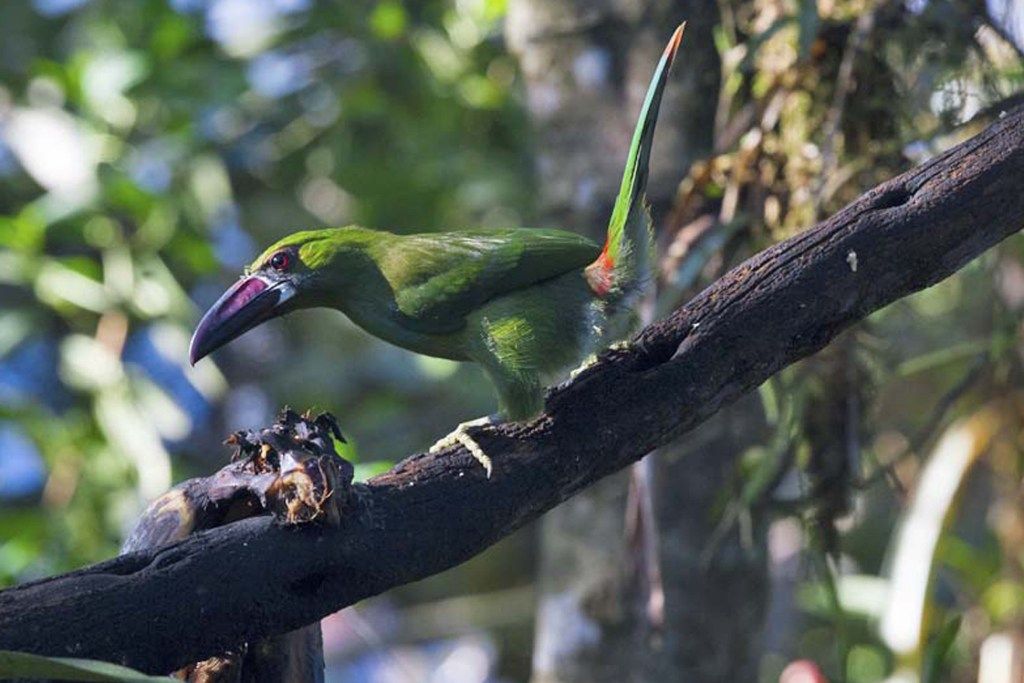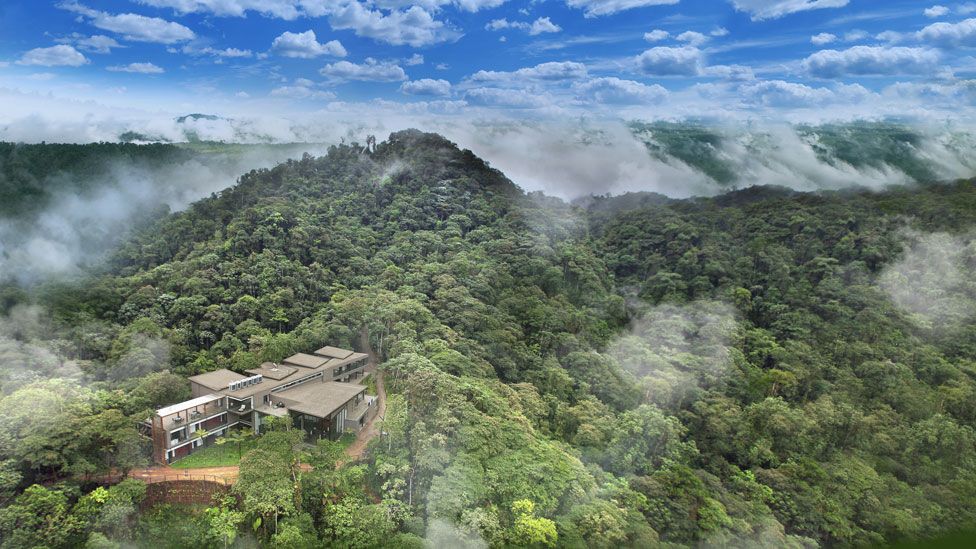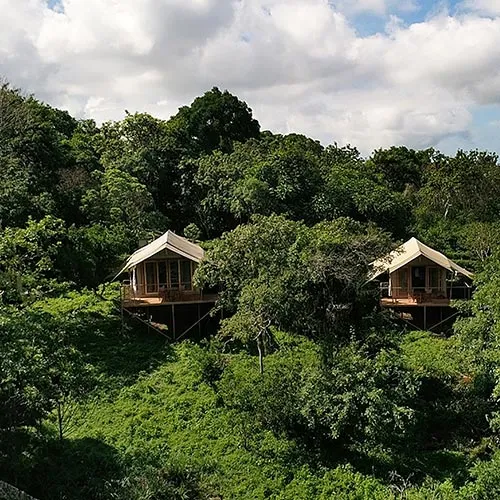
A UNESCO Biosphere Reserve
The Chocó cloud forest in Ecuador has been designated as a UNESCO Biosphere Reserve, marking it the seventh location in Ecuador to achieve this status. This recognition highlights the area’s significant efforts in community conservation and its global biological importance.
Where is Ecuador’s Cloud-Forest?
Situated just 45 minutes northwest of Quito, the Chocó cloud forest spans the western Andes slopes, extending from 2,200 meters to 900 meters above sea level. This range encompasses both rainforest and cloud forest ecosystems, supporting a vast array of plant and animal species, many of which are endemic.
Notably, the region is a birding hotspot with around 600 species of birds, including the Andean Cock (or ‘Cock of the Rock’) and is home to 270 mammal species including spectacled bears, anteaters, and pumas.
For decades, biologists and conservationists have flocked to the zone to study the flora, fauna and ecosystems, shedding new light on symbiotic relationships and behavioral patterns. New species of flora and fauna have been discovered consistently over the years, including the small mammal, the olinguito and numerous species of orchid.
The Significance of the Andean Chocó
The Andean Chocó, encompassing an area equivalent to 35 million football fields, is distinguished not only by its diverse ecosystem of cloud and rainforests but also by the active conservation efforts of its local communities. UNESCO’s designation acknowledges both the ecological significance and the area’s role in bird-watching tourism globally. “It is an emblematic site for bird-watching, not only for Ecuador but at a global level,” said Tarsicio Granizo, Ecuador’s Minister of Environment, noting the region’s tourism appeal. “Many foreign travelers come because it is a zone full of endemic species, both of flora and fauna.”
Ecuador, despite its smaller geographical size in South America, is home to seven Biosphere Reserves, including the renowned Galapagos National Park and Yasuni in the Amazon.
What is a Biosphere Reserve?
A Biosphere Reserve isn’t just richly biodiverse and scientifically interesting. It must have a strong human community who actively support the conservation.
According to UNESCO, a Biosphere Reserve must serve the combined purposes of conservation, development and logistic support. It must give equal weight to the needs of the natural biodiversity and to those of the communities who live there, encouraging dialogue for conflict resolution and seeking conservation and sustainability solutions. It promotes sustainable development as well as investigation and protection.
The 700 Biosphere Reserves around the world each have a “core area” where the ecosystems and species are strictly protected; a “buffer zone” where ecologically sound activities and scientific research can take place; and a “transition area” where more activity is allowed and human developed is fostered.
Why was the Chocó declared a UNESCO Biosphere Reserve?
The Chocó’s journey towards sustainable development and conservation began two decades ago, with significant progress in the last four years. Efforts by the Commonwealth Council of the Andean Chocó and local communities have transformed the region. Initiatives include reforestation projects and the promotion of community tourism, transitioning from practices harmful to the environment to those that support sustainable living and conservation.

Where can you stay in the Chocó?
The best way to experience the Chocó is to stay in the heart of it. Mashpi Lodge is a cocoon of luxury in the clouds with exceptional attention to detail and service. As well as an onsite science team, it features a cable car that glides for 2km (1.2mi) along the canopy allowing an unprecedented perspective of this mysterious part of the forest. The award-winning eco lodge has attracted international attention with its conservation and community projects – 90% of its staff come from the surrounding communities.
The Galapagos Biosphere
Did you know that the Galapagos National Park is also a Biosphere Reserve?
To combine the Choco cloudforest with a Galapagos Safari, contact one of our expert Safari Designers for more details.
